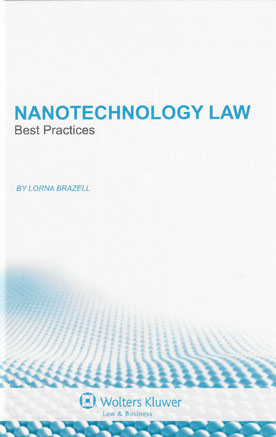We are now closed for the Christmas and New Year period, returning on Monday 5th January 2026. Orders placed during this time will be processed upon our return on 5th January.

Ever since the discovery that very small particles of some substances evince different properties than the substances do in ‘bulk’ form, there has been an interest in developing ‘nanomaterials’ for commercial and industrial purposes. Although some nanomaterials exist in nature, most are chemically engineered for application in a wide variety of processes, ultimately entering the environment in many foods, drugs, cosmetics, clothing, sports goods, pesticides, packaging products and electronics, as well as in the particularly controversial form of tiny ‘machines’.
Since the long-term effects of these new, laboratory-created materials and tools on health and the environment are unknown ; and as the particles are so small they can frustrate measuring and monitoring devices ; there has been a growing call for regulation of their use.
This is the first book to offer a thorough analysis of the problems posed by nanotechnology in the context of existing legal schemes and trends, focusing on initiatives and debates in the European Union but also considering developments at the global level and in the United States, Canada, Australia, Japan and China.
Setting out how the current debate has arisen, how existing law deals with the issues arising around nanotechnology in areas such as patent rights and manufacturers’ liability, and how various international organizations are searching for some global consensus, the book addresses topics and issues including the following:
Nanomaterials are already a commercial reality; the regulatory debate centres on the question of how to maximize the benefits they may offer while also limiting the risk from unforeseen hazards. This book clearly and comprehensively describes the range of issues relating to the legal framework and practicalities for commercial exploitation of nanotechnologies, and as such will prove of great value and importance to corporate counsel in many manufacturing sectors as well as to regulators and policy makers in environmental and trade law.